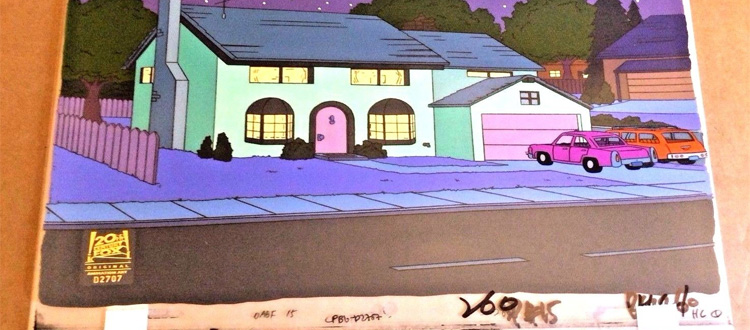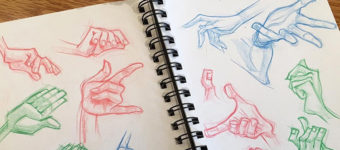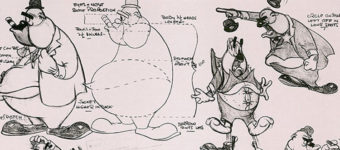What Is Cel Animation & How Does It Work?
Cel animation is the art of creating 2D animation by hand on sheets of transparent plastic called “cels”.
Following a planning process, animators transfer draft drawings onto transparent sheets of plastic called cels. Each cel features one drawing with an outline on one side of the plastic and the color is filled in on the other.
These ‘cels’ are then placed over a background and photographed in sequence.
When played back at a speed of 12 or 24 frames they create the illusion of movement.
It’s rare for traditional cel animation to be used in modern productions since everything is digital now.
Although today’s 2D animation borrows many techniques from cel animation, the work is almost exclusively done on computers. Most 2D animations are still drawn by an animator but digital software is used to speed up the process.
The Cel Animation Process
Cel animation is a lengthy, expensive process that demands the involvement of a large team.
The magic starts with a script and is handed over to a storyboard artist. Once the timing of each shot is locked down, a lead animator will draw rough sketches of each key pose and note the timing on a dope sheet.
The dope sheet is an essential tool for everyone from director to colorist.
It dictates the length of time a movement takes and standardizes the sequence of the cels. After the key poses are sketched out and the dope sheet completed, junior animators draw the in-betweens to smooth the movement between poses.
Once all movement in the shot is approved the pencil sketches are passed onto an inker.
The inker transfers the linework to a transparent film of thin plastic(a cel) using black ink.
As soon as the ink is dry the film gets passed off to a ‘colorist’ who colors in the linework using cel paint. They apply the color on the opposite side to the ink giving each cel a crisp look with clean, consistent linework.
While each cel is being inked and colored, more artists are hard at work creating the backgrounds for each scene.
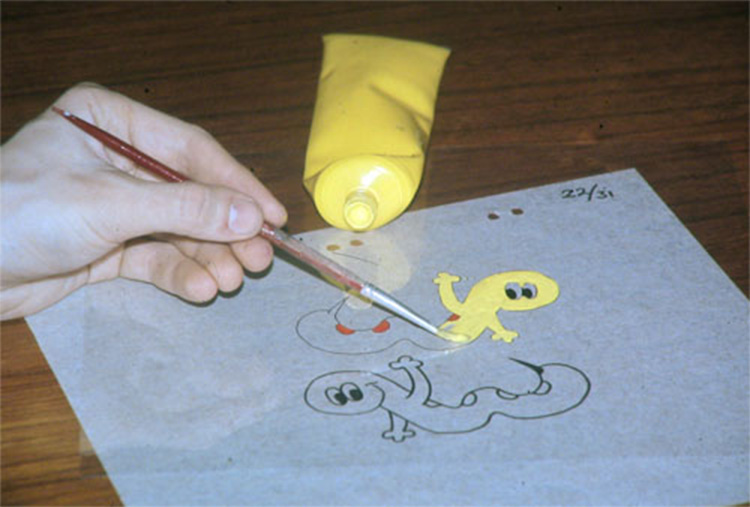
Because these stay on screen for longer than an individual drawing, they are typically more detailed and delicately shaded. If a character is moving through a scene, the background drawing will be big enough to allow for that movement.
Once all the cels and backgrounds are complete they are handed to a photography team. The team layers the drawings according to the dope sheet and takes a picture of each layered frame.
These frames are played in sequence and create the final animation.
Materials Used In Cel Animation
Cel animation and the evolution of plastic are closely linked.
Without thin sheets of flexible, transparent, and colorless plastic, cel animation would have never been possible.
The earliest type of plastic used was called cellulose nitrate.
It was far from a perfect material.
Flammable and prone to degradation with age, it would yellow, crinkle, and expel hazardous gasses in a short period of time.
The industry tried to improve the lifetime of the cels by switching to cellulose acetate.
The acetate lasted much longer than its predecessor but eventually degraded. Due to its chemical composition it released a pungent vinegar that was commonly known as vinegar syndrome.
Known by animators as ‘cel paint’, the paint often used was a heavy, opaque acrylic or gauche.
As the plastic cellulose degraded over time the paint followed suit.
Many cels now display ‘paint lifting’ — an affliction where the paint starts to flake off the plastic and crack.
Disney has poured an incredible amount of time and money into preserving its original cels.
They have a dedicated facility to keep their original cels at the optimal temperature and humidity while trying to halt their degradation. You can read an in-depth article on Disney’s process of cel storage here.
The Transition To Digital
Surprisingly, the last film Disney produced using 100% traditional cel animation was Oliver and Company back in 1988.
Their next film The Little Mermaid(1989) featured a scene using a new coloring system called CAPS(Computer Animation Production System).
CAPS was a joint venture between Pixar and Disney designed to digitize cel animation and lower the cost of animation without sacrificing quality.
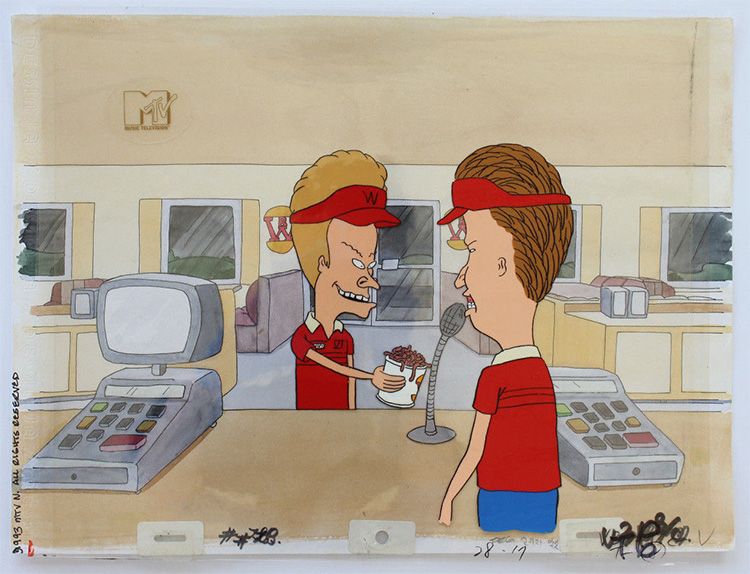
The system allowed artists to digitally load the animator’s sketches and do the inking and coloring process on a computer.
CAPS sped up the workflow of animation studios considerably and they continued to push for more digital advancements.
As time went on they even began to include 3D animation techniques with their 2D films.
Now most 2D animation projects are completed using software like ToonBoom.
Animators and studios have individual preferences in workflow with some preferring to draw sketches by hand, while others are ditching pen and paper entirely.
These days the only notable use of cel animation is done by students studying old techniques.
In this video you can watch the recreation of a scene from Snow White in painstaking detail, highlighting the limitations of cel animation and showing exactly why it took so long.
Is 2D On The Way Out?
Following the lower performance of a few 2D feature films Disney switched over to all 3D animation for their movies.
The last 2D feature they created was Winnie the Pooh in 2011 with no plans to develop more 2D films in the future.
Although feature films in the Western world have shed the art of 2D animation, Japan consistently produces award-winning 2D Anime films.
Studio Ghibli is the studio behind many classic 2D animations like My Neighbor Totoro and Spirited Away. These films continue to rise in popularity and they have no plans to switch over to 3D.
No longer the golden child of Disney, 2D animation still has a firm place in the world of television and feature films.
Many children’s cartoons are firmly established as 2D animations with no plans to develop into the 3D sector either.
Although cel animation has become an art of the past, 2D animation is still thriving.
Artists around the world agree that the skill and passion involved in creating animation will last forever—regardless of the tools used in the process.


